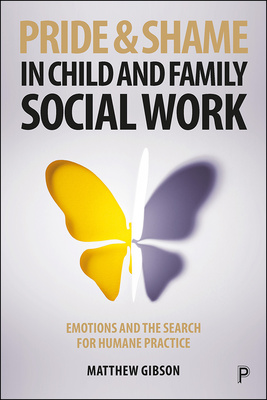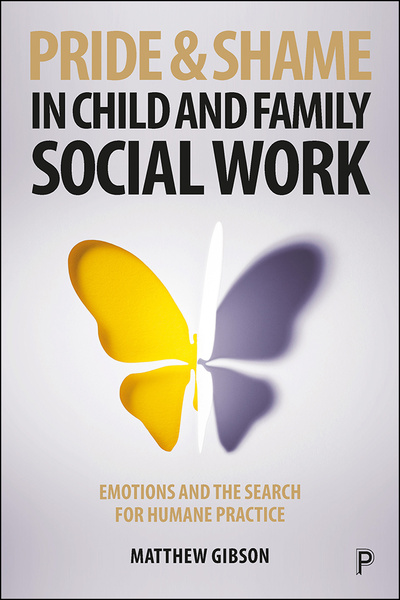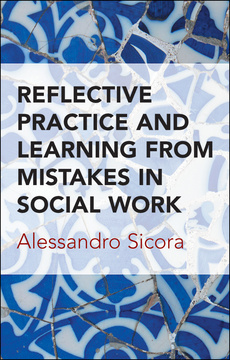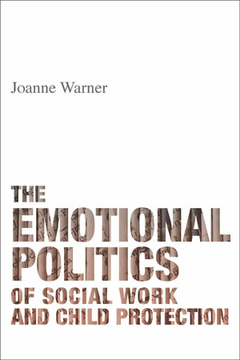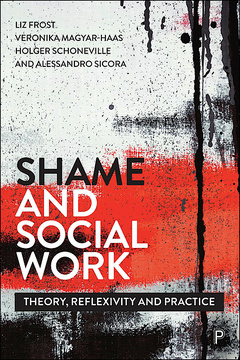Pride and Shame in Child and Family Social Work
Emotions and the Search for Humane Practice
By Matthew Gibson
Published
Mar 27, 2019Page count
264 pagesISBN
978-1447344810Dimensions
234 x 156 mmImprint
Policy PressPublished
Mar 27, 2019Page count
264 pagesISBN
978-1447344797Dimensions
234 x 156 mmImprint
Policy PressPublished
Mar 27, 2019Page count
264 pagesISBN
978-1447344827Dimensions
Imprint
Policy PressPublished
Mar 27, 2019Page count
264 pagesISBN
978-1447344834Dimensions
Imprint
Policy PressWhat role does emotion play in child and family social work practice?
In this book, researcher Matthew Gibson reviews the role of shame and pride in social work, providing invaluable new insights from the first study undertaken into the role of these emotions within professional practice. The author demonstrates how these emotions, which are embedded within the very structures of society but experienced as individual phenomena, are used as mechanism of control in relation to both professionals themselves and service users.
Examining the implications of these emotional experiences in the context of professional practice and the relationship between the individual, the family and the state, the book calls for a more humane form of practice, rooted in more informed policies that take in to consideration the realities and frailties of the human experience.
Matthew Gibson is a Lecturer in the Department of Social Policy and Social Work at the University of Birmingham.
Chapter 1: Introduction;
Chapter 2: Conceptualising pride, shame, guilt, humiliation and embarrassment;
Chapter 3: Pride and shame in the creation of child and family social work;
Chapter 4: Pride and shame in the creation of the ‘appropriate’ organisation;
Chapter 5: Pride and shame in the creation of the ‘appropriate’ professional;
Chapter 6: Theorising social workers’ experiences of self‑conscious emotions;
Chapter 7: Forms of identification: a case example;
Chapter 8: Forms of resistance: a case example;
Chapter 9: Conclusions;
Appendix 1: Theoretical foundations of the study;
Appendix 2: Theoretical codes.







